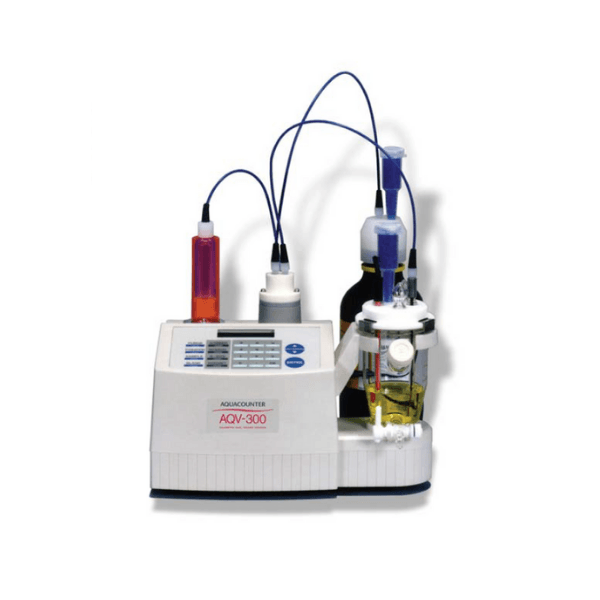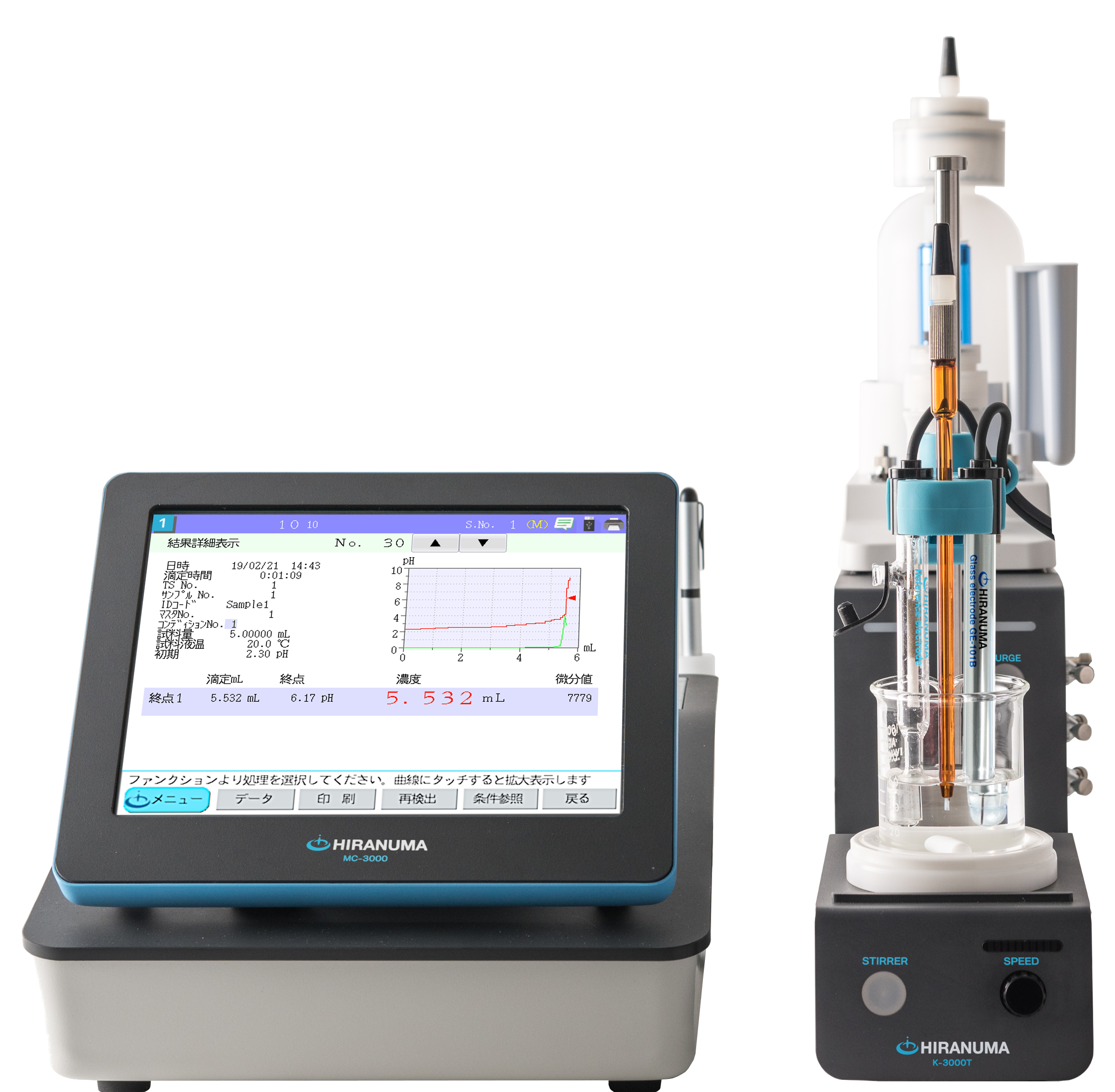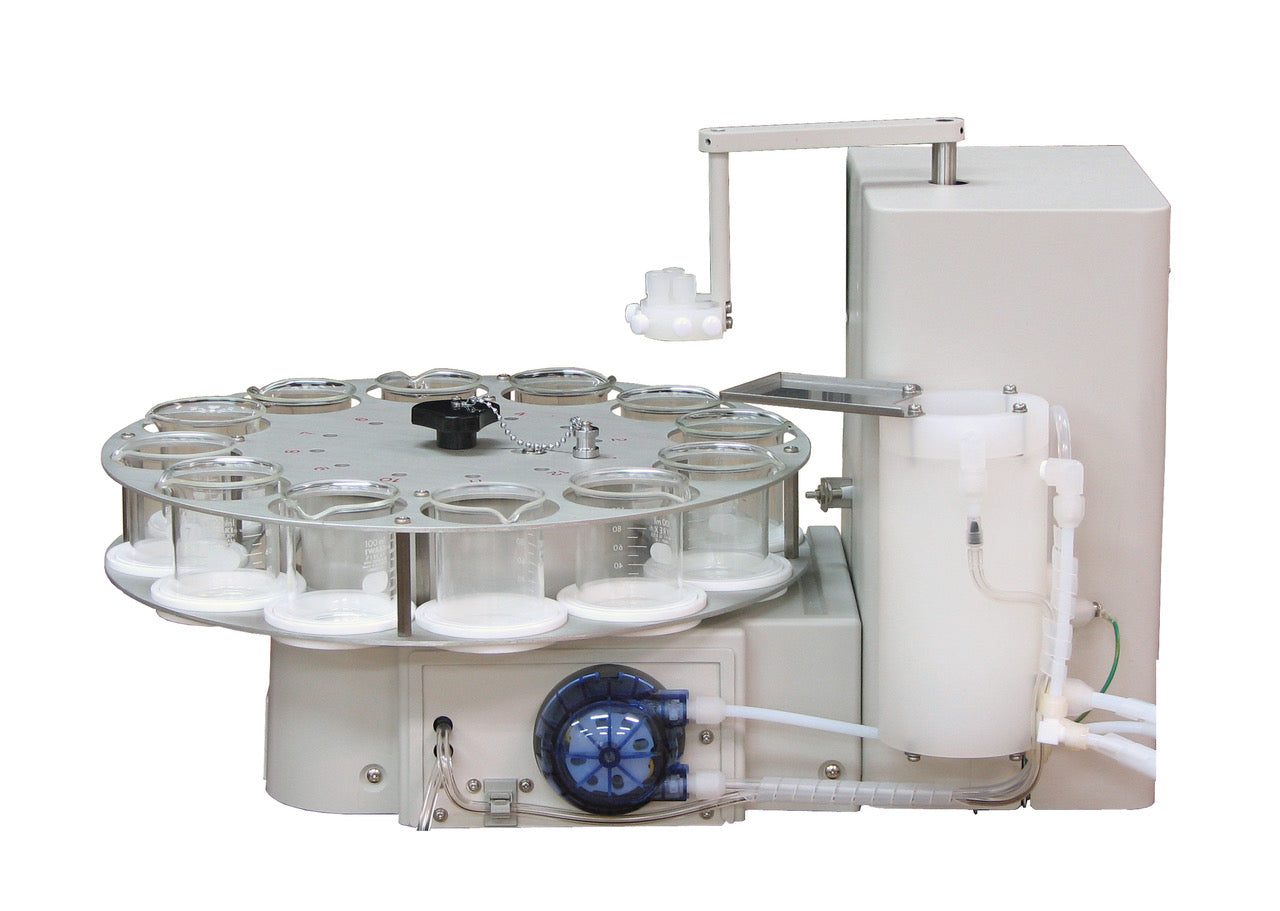Karl Fischer & Potentiometric Titration Application Library

Purity determination of citric acid | Autotitrator COM-A19
Citric acid is oxycarboxylic acid which has carboxy group (-COOH) and alcoholic hydroxyl group (-OH).
It can be dissolved in water and has acidic property. Citric acid is produced as raw material of organic compound or food additive.
“JIS K8283” prescribes the determination method for the purity of citric acid by the neutralization titration using phenolphthalein indicator. This report introduces an example of the potentiometric titration (formula (1)) with sodium hydroxide standard solution for the purity determination of citric acid monohydrate according to “JIS K8283”.
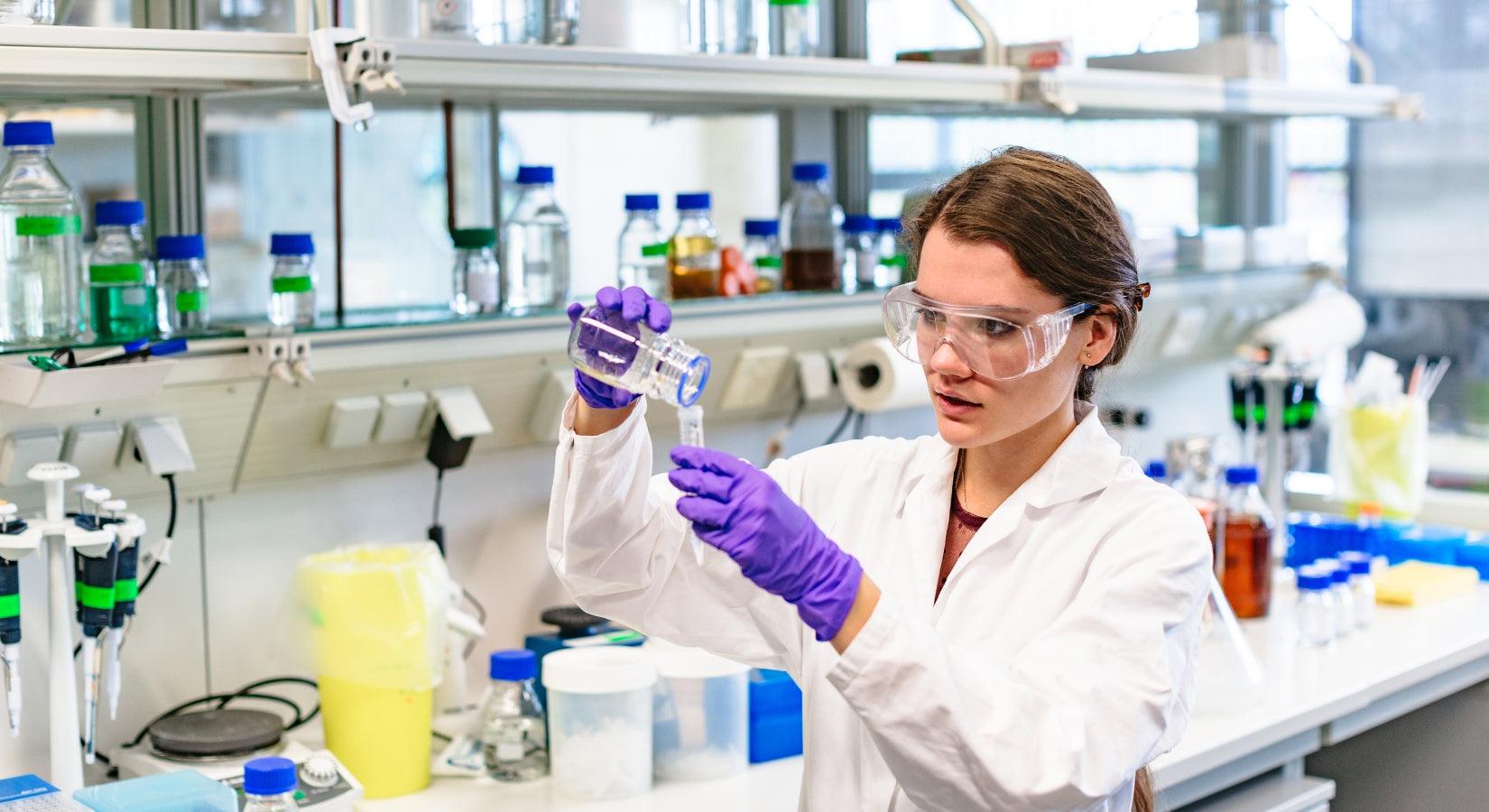
Determination of formic acid | Autotitrator COM-A19
Formic acid is monobasic carbonic acid , which belongs to lower saturated fatty acid group. Formic acid has a little different properties from other saturated fatty acids; it has significantly strong acidity (12 times stronger than acetic acid) and reducing character, degrades to water and carbon dioxide gas by the oxidation. It can also reduce ammoniacal silver nitrate.
The neutralization titration method with sodium hydroxide standard solution for the determination of formic acid is prescribed in “JIS K8264. This report introduces an example of the potentiometric titration with glass electrode instead of indicator method using phenolphthalein prescribed in JIS.

Fractional determination of nitric acid and phosphoric acid | Autotitrator COM-A19
The mixed solution of nitric acid and phosphoric acid works as strong acid, and also has the strong oxidizability and solvency. It is used as the surface treatment solution for metals, glass products, and semiconductors.
This report introduces an example of the fractional and successive determination for nitric acid and phosphoric acid by neutralization titration with sodium hydroxide standard solution. When nitric acid and phosphoric acid are titrated by neutralization titration using a glass electrode for pH measurement, two inflection points appear on the titration curve. The first inflection point appears as the total amount of nitric acid and phosphoric acid (reaction formula (1) and (2)). Sodium dihydrogen phosphate, which is the product of reaction equation (2), subsequently reacts with sodium hydroxide and shows an inflection point in the second stage (reaction equation (3)). Therefore, it is possible to obtain the phosphoric acid concentration from the second inflection point, and nitric acid concentration could be obtained with subtracting titration volume at the second inflection point from the first inflection point.
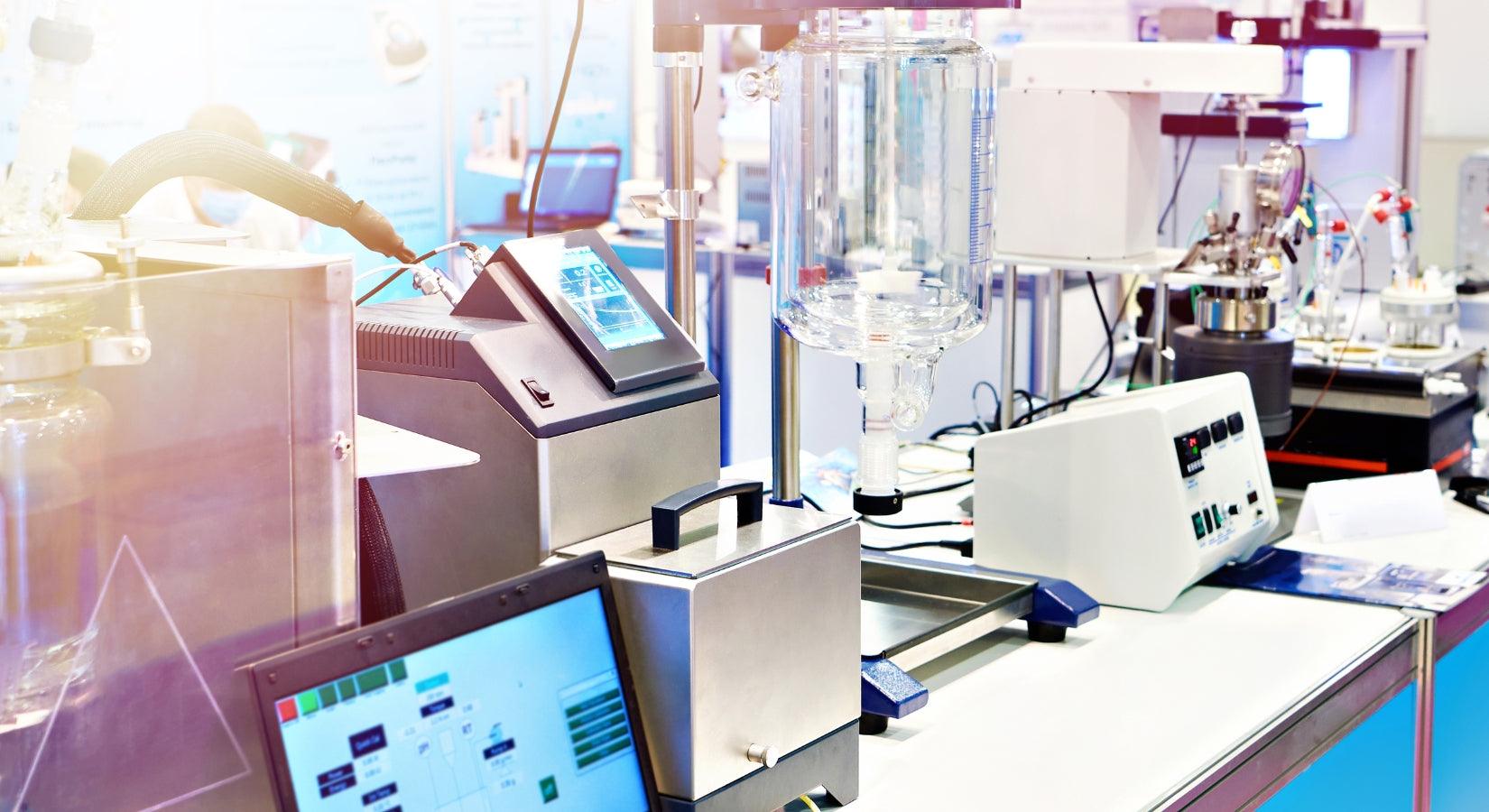
Determination of boric acid in plating solution | Autotitrator COM-A19
This report introduces an example of the procedure that D(-)-mannitol (mannite) is added to sample solution to generate stoicheiometric organic acid, and then it is titrated with sodium hydroxide standard solution.
H₃BO₃ + C₆H₁₄O₆ → (C₆H₁₂O₆BO)H + 2H₂O・・・(1)
(C₆H₁₂O₆BO)H + NaOH → (C₆H₁₂O₆BO)Na + H₂O・・・(2)
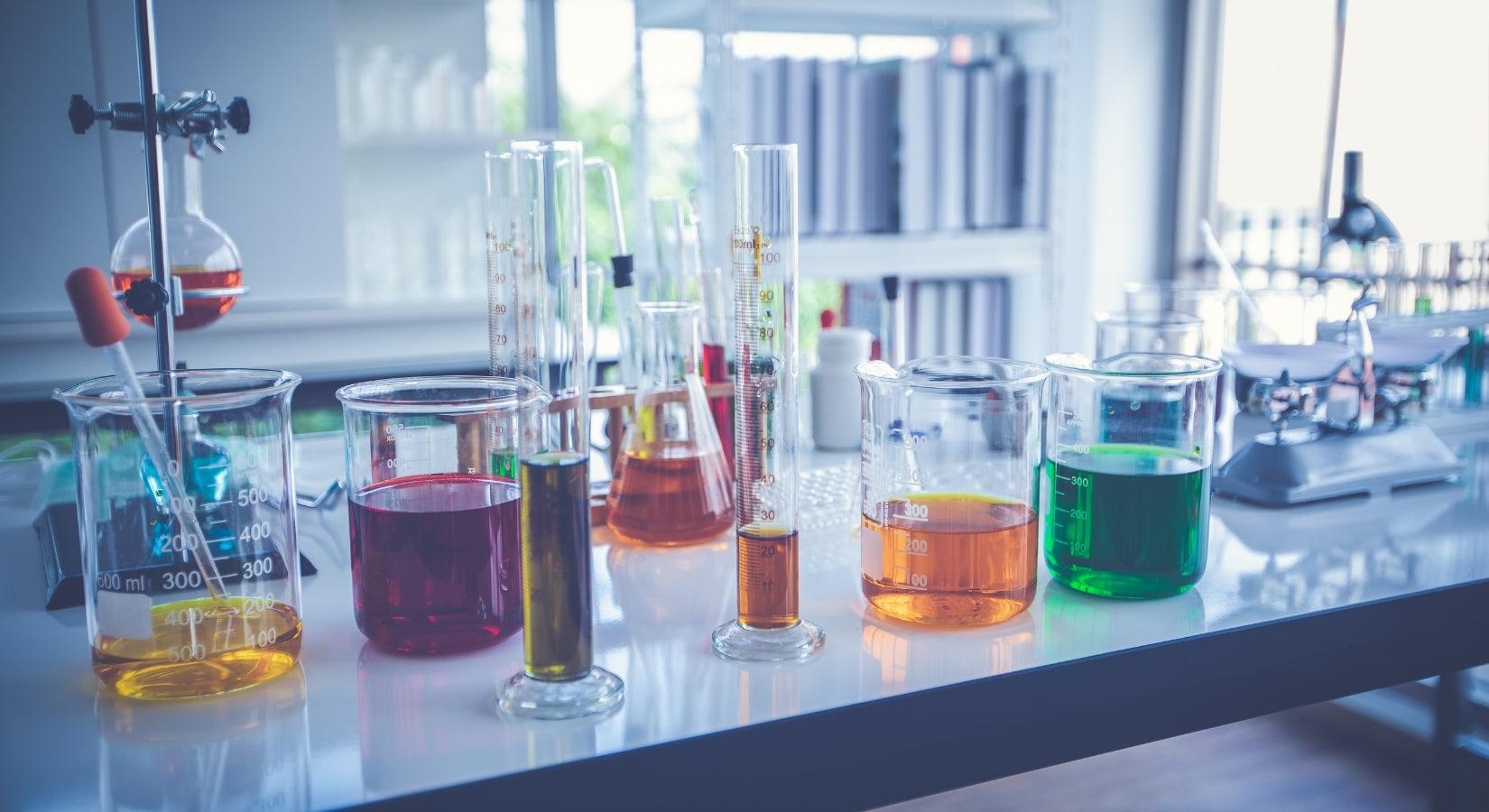
Fractional determination of nitric acid and acetic acid | Autotitrator COM-A19
This report introduces an example of the fractional and successive determination for nitric acid and acetic acid by neutralization titration with sodium hydroxide standard solution.
HNO₃ + NaOH → NaNO₃ + H₂O・・・(1)
CH₃COOH + NaOH → CH₃COONa + H₂O・・・(2)
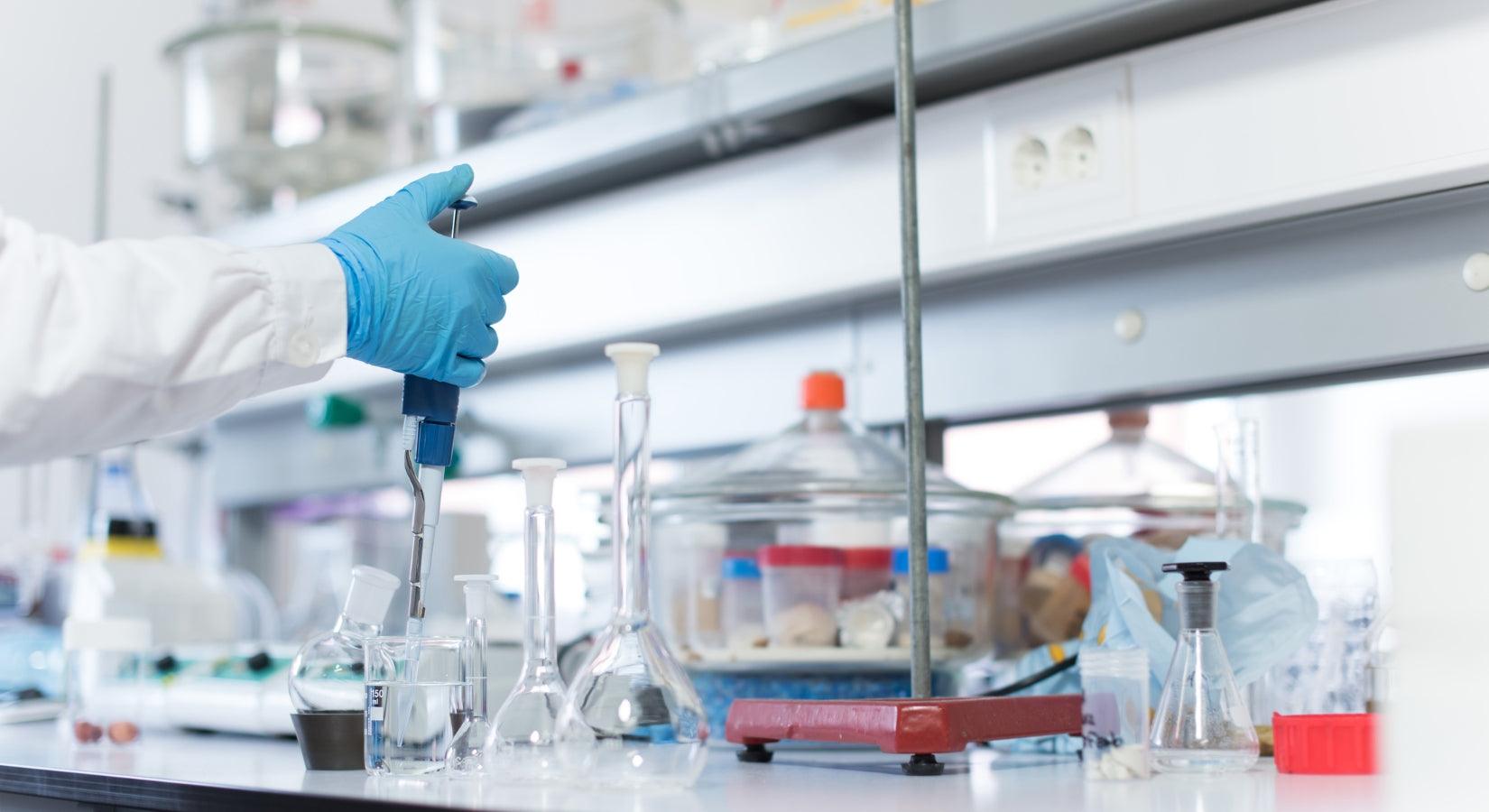
Fractional determination of hydrochloric acid and sulfuric acid | Autotitrator COM-A19
The total acids of hydrochloric acid and sulfuric acid in the mixed solution are determined first by neutralization titration in this report. Nitric acid is added to the sample solution continuously to adjust the pH. Finally, the concentration of hydrochloric acid is determined by precipitation titration, the concentration of sulfuric acid is calculated by subtracting the concentration of hydrochloric from the total acids concentration.
The example of fractional determination for hydrochloric acid and sulfuric acid with additional burets are introduced in this report.

Purity determination of phosphoric acid | Autotitrator COM-A19
Phosphoric acid is important reagent as a raw material of chemical industrial reagents and fertilizers. Its production amount is large and it is used in a broad range of fields. The determination method of phosphoric acid purity is described in “JIS (Japanese Industrial Standards) K9005:2006 Phosphoric acid (reagent)”; the purity of phosphoric acid is determined by potentiometric titration with sodium hydroxide standard solution. This report introduces an example of the purity determination of phosphoric acid by this method.
Phosphoric acid reacts with sodium hydroxide as described in the reaction formula (1) ~ (3) because phosphoric acid is triacid. The titration curve of neutralization titration for phosphoric acid theoretically has three inflection points, but practically it shows two inflection points. This is because third acid dissociation constant (pKa) of phosphoric acid is 12.35, the pH at the third inflection point is undetectable value by the titration with strongly basic titrant. The purity of phosphoric acid is determined by the titration to the second inflection point in this measurement.
H₃PO₄ + NaOH → NaH₂PO₄ + H₂O・・・(1)
NaH₂PO₄ + NaOH → Na₂HPO₄ + H₂O・・・(2)
Na₂HPO₄ + NaOH → Na₃HPO₄ + H₂O・・(3)
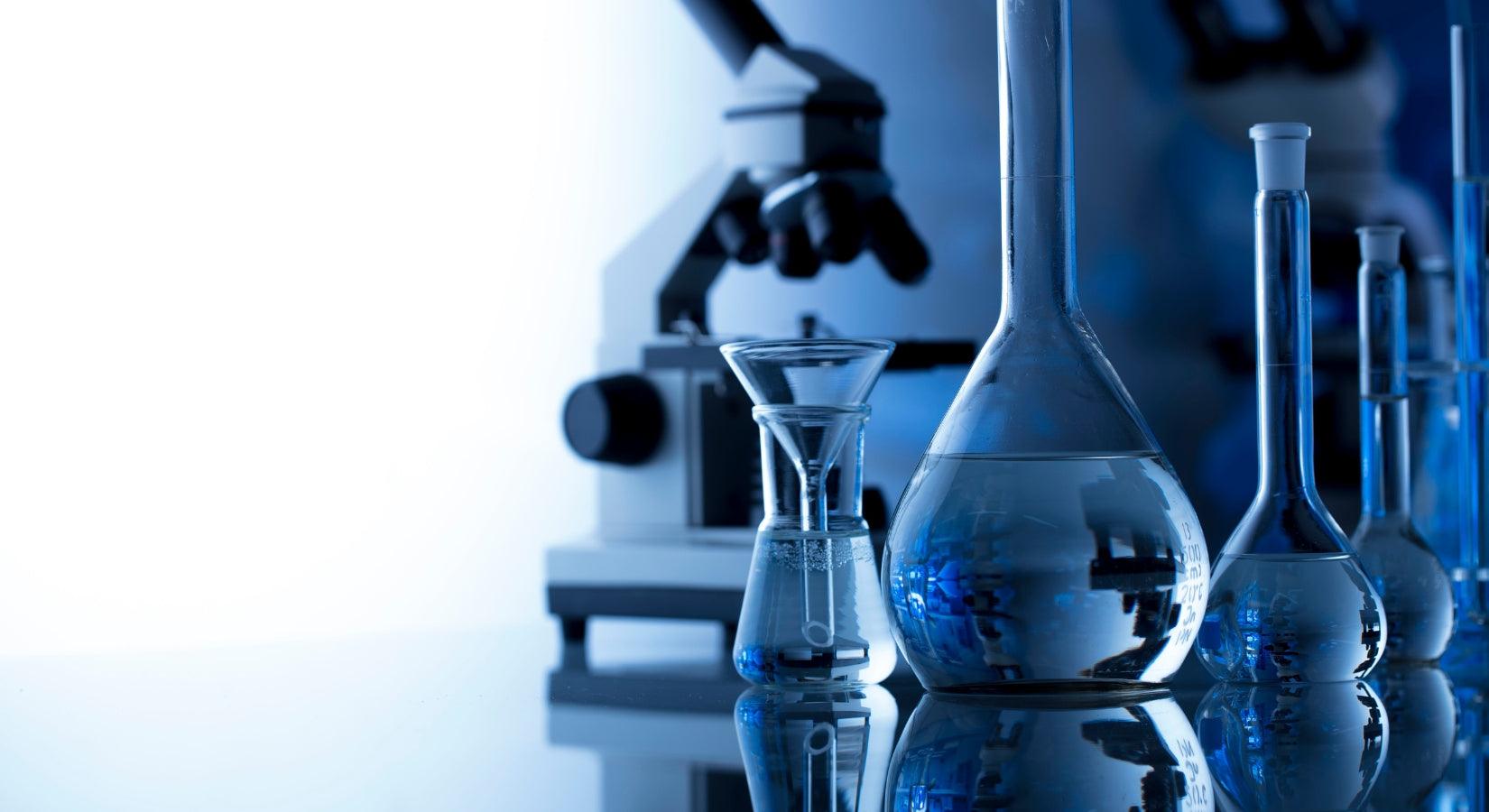
Purity determination of sulfuric acid | Autotitrator COM-A19
Sulfuric acid is one of the most elemental reagent in chemical industrial reagents. Its production amount is large and it is used in a broad range of fields. Since sulfuric acid absorbs moisture in atmosphere because of its properties, the purity of sulfuric acid is gradually reduced. “JIS (Japanese Industrial Standards) K8951: 2006 Sulfuric acid (Reagent)” describes the determination method for purity of sulfuric acid which it is titrated with sodium hydroxide standard solution until the color of bromothymol blue indicator changes from yellow to blue green at the endpoint. However, this report introduces an example of the potentiometric titration with sodium hydroxide for the measurement of the accurately-weighed sample.
The neutralization titration for sulfuric acid with sodium hydroxide proceeds as two step reaction because sulfuric acid is diacid. However, the first and second dissociation of sulfuric acid cannot be discriminated due to the leveling effect of water. Therefore the single inflection point is observed on the titration curve and the reaction formula on this measurement can be described as below.
H₂SO₄ + 2NaOH → Na₂SO₄ + H₂O・・・(1)
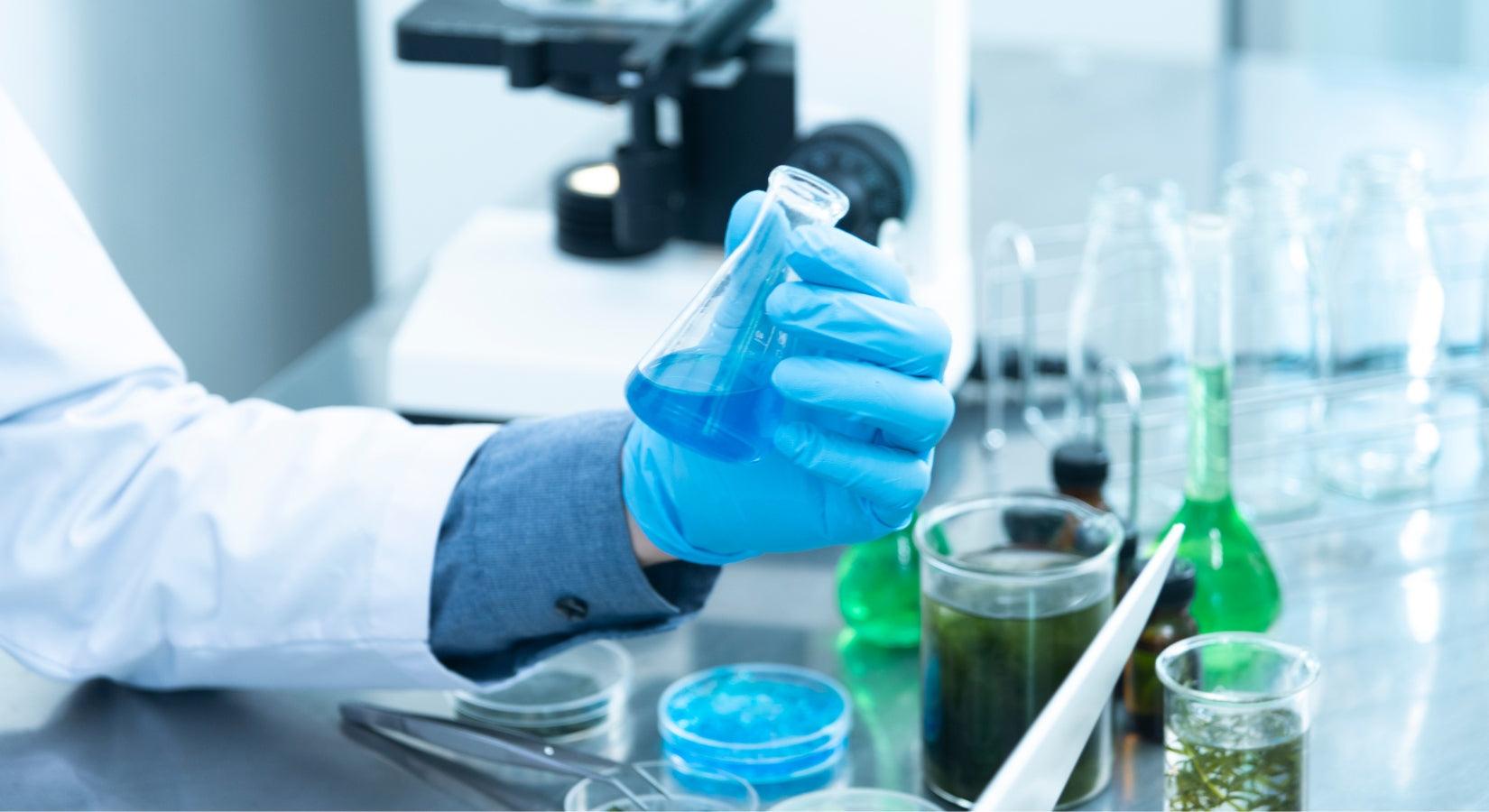
Determination of sodium chloride in sodium hypochlorite | Autotitrator COM-A19
Sodium hypochlorite is produced by having sodium hydroxide absorb chlorine gas. Produced sodium hypochlorite contains residual alkali (sodium hydroxide, sodium carbonate) and sodium chloride generated by the degradation of hypochlorous acid. The residual alkali is determined by neutralization titration, and sodium chloride is determined by precipitation titration.
This report introduces an example of the determination for sodium chloride in the sodium hypochlorite with potentiometric titration.

Determination of residual alkali in sodium hypochlorite | Autotitrator COM-A19
Sodium hypochlorite is produced by having sodium hydroxide absorb chlorine gas. Produced sodium hypochlorite contains sodium chloride generated by the degradation of hypochlorous acid.
This report introduces an example for the determination of residual alkali (sodium hydroxide, sodium carbonate) in the sodium hypochlorite with potentiometric titration.
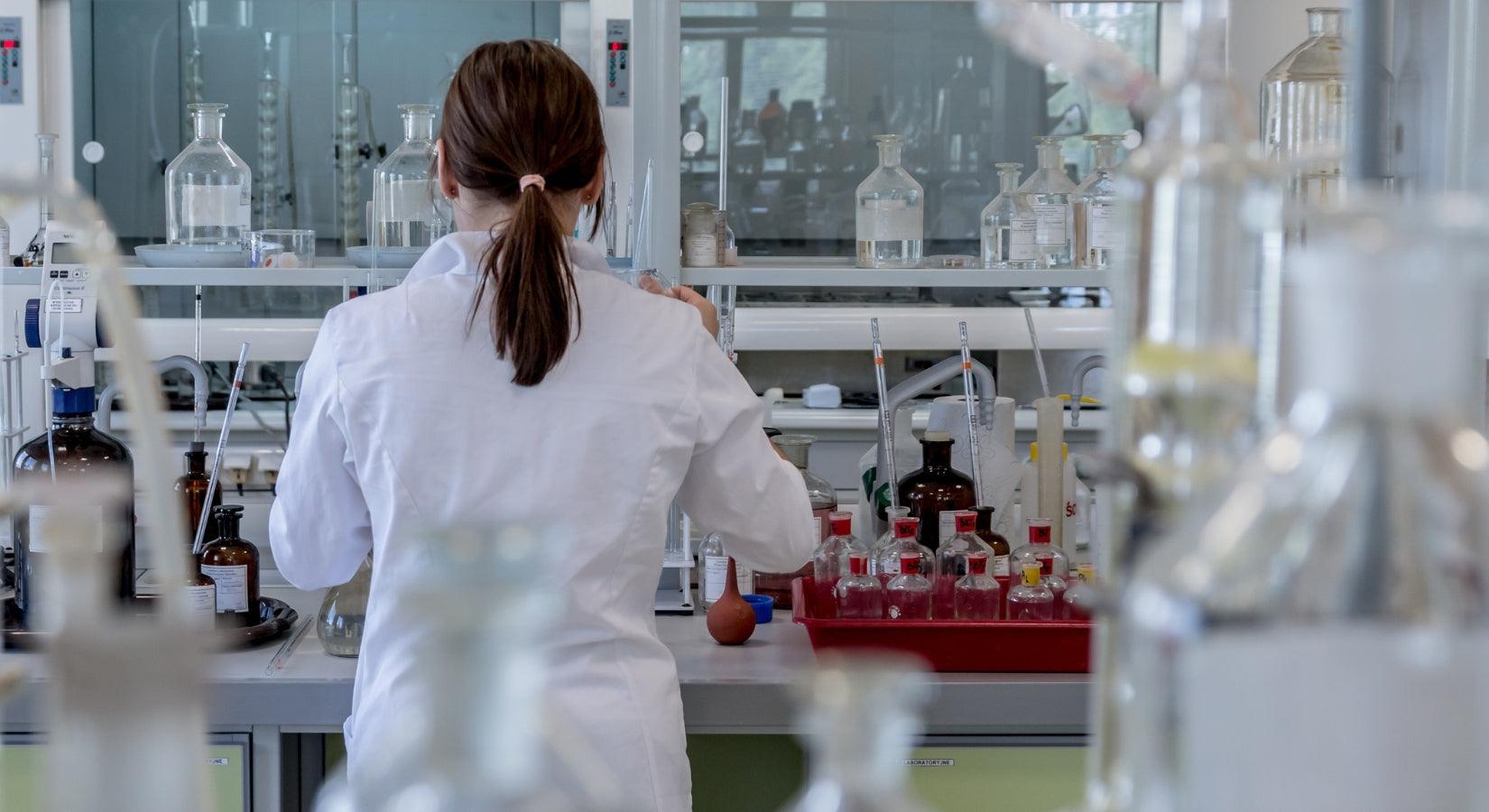
Determination of available chlorine in sodium hypochlorite | Autotitrator COM-A19
This report introduces an example for determination of available chlorine as follows:.
1) Add potassium iodide to sodium hypochlorite to generate free iodine.
2) Titrate the free iodine generated from the reaction (1) with sodium thiosulfate to determine available chlorine (2) by redox titration.
Cl₂ +2KI → I₂ + 2KCl・・・(1)
I₂ + 2Na₂S₂O₃ → 2NaI + Na₂S₄O₆・・・(2)
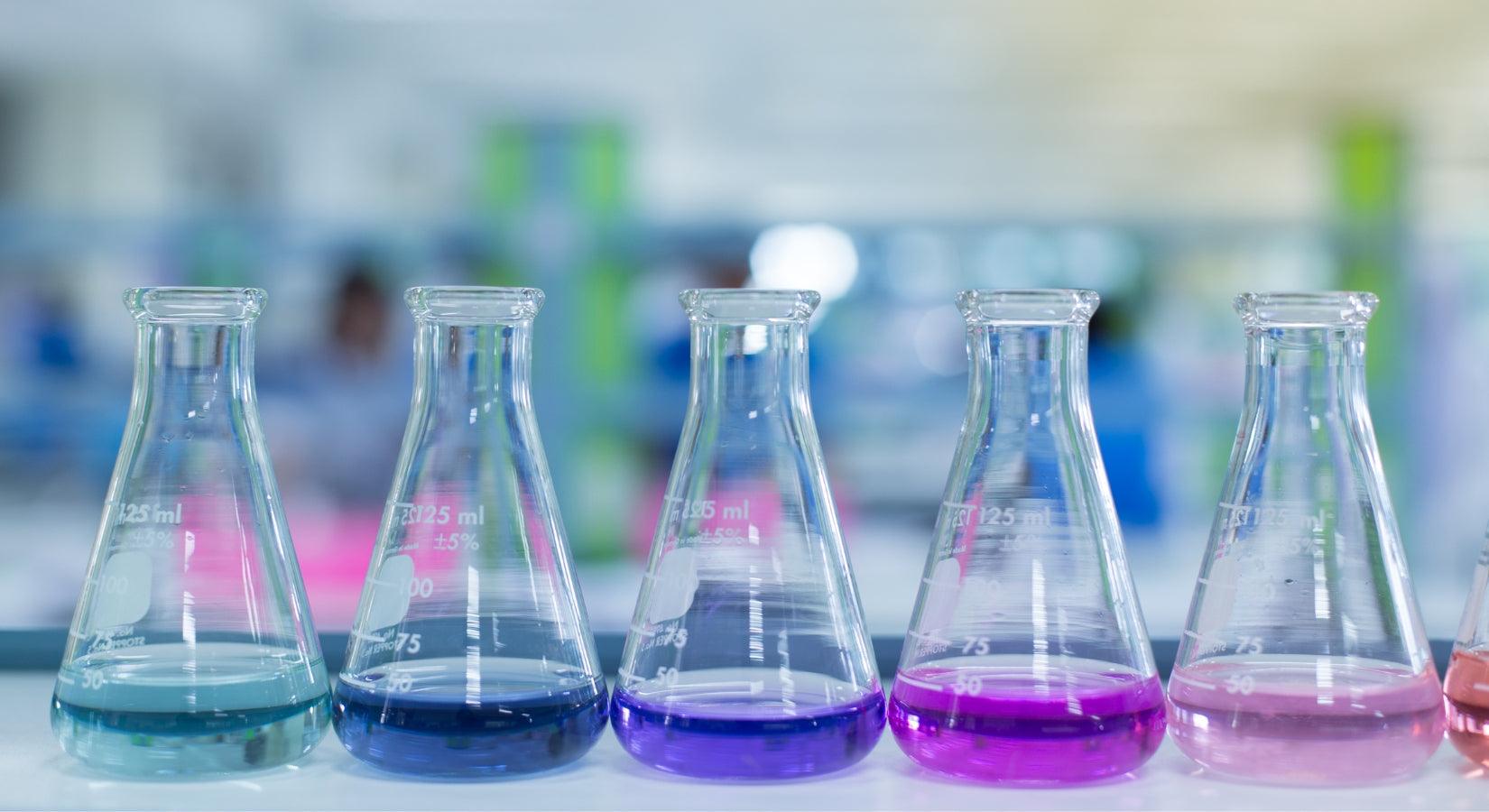
Fractional determination for mixture of sodium hydroxide and sodium carbonate | Autotitrator COM-A19
Sodium hydroxide and sodium carbonate have important roles as alkali component chemicals, which are used in a broad range of industries. The concentration of both components have to be determined because these are sometimes used with mixed.
This report introduces an example that the mixture solution of sodium hydroxide and sodium carbonate are fractionally determined with potentiometric titration.

